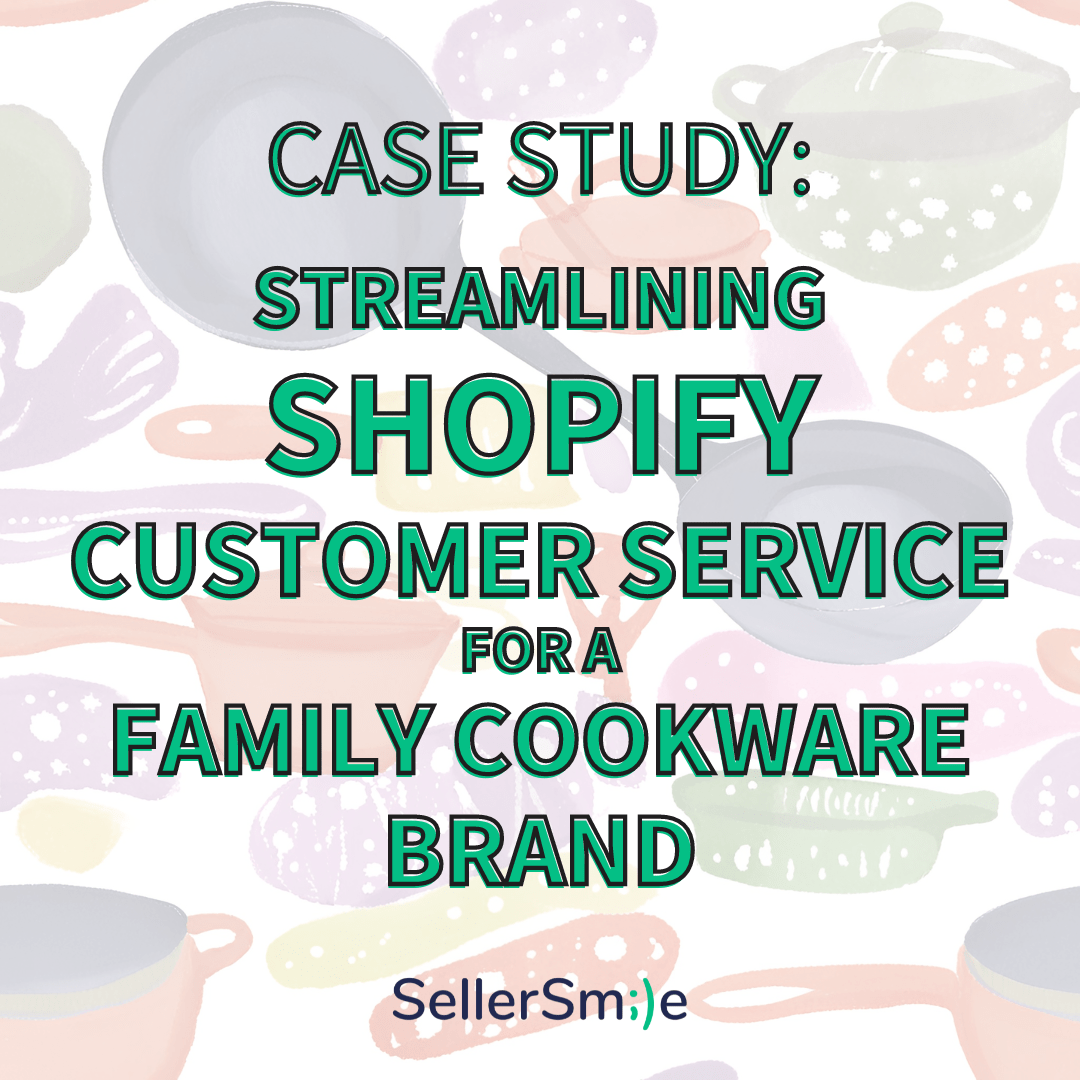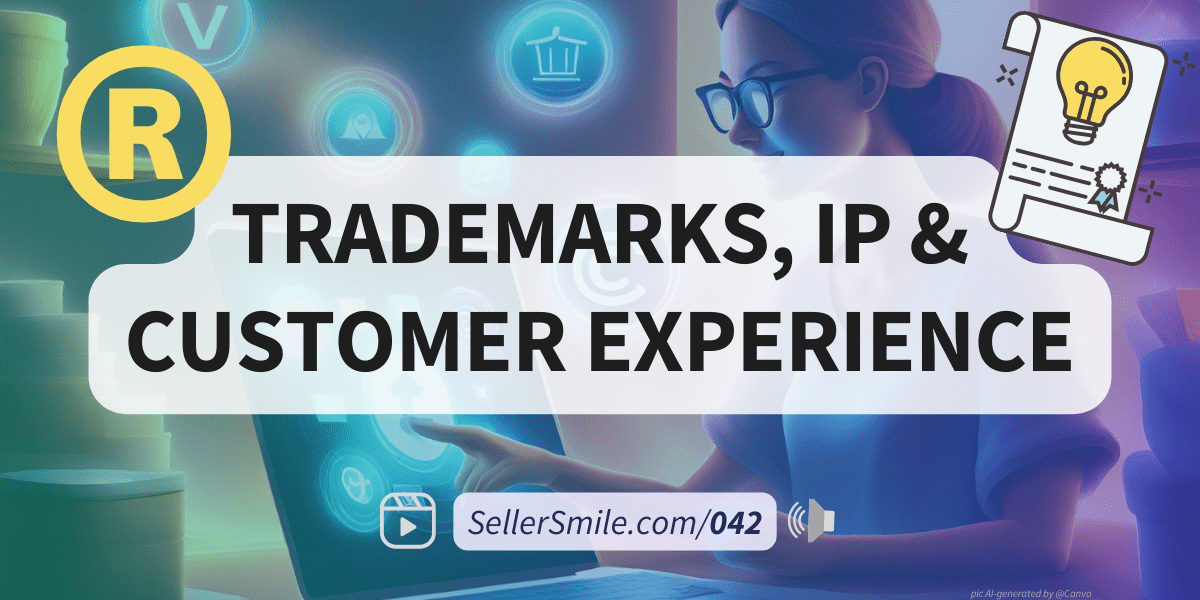Introduction
According to Wikipedia, the concept of customer journey mapping was first introduced by a group of consultants from the UK in 1998. Source and an idea that I was first exposed to while working on software applications at Seller Labs in 2016.
A journey map is the visual depiction of the stages and experiences your customers go through while interacting with your product or brand.
The result of “journey mapping” your brand can yield insights into where the customer experience is poor, excellent, or unknown.
Developing your brand’s journey map(s) will guide brands when deciding where to put their time, attention, and resources to improve their customer experience.
What is a “journey map”?
Journey maps may take many forms but they all aim to represent a temporal transition through a sequence of events. In this ways, it’s a graphic representation of a multi-stage experience, usually with a start and an end.
Journey maps in e-commerce
A journey map for an online store might be a diagram of a shopper arriving at your store, interacting with various pages and features (touchpoints), making a purchase (cart and checkout), then receiving follow-up communications after the sale (Email, SMS, etc.).
Stages of the e-commerce journey
- Awareness – The customer learns about your brand or product for the first time.
- Consideration -The customer has browsed your products, added items to cart, or followed your brand on social media.
- Conversion/ Acquisition – The customer has made a purchase from your store
- Fulfillment/ Delivery – The customer receives your product in the mail.
- After-purchase
- Retention – The customer completed more than one order or redeemed loyalty points.
- Advocacy – the customer shares your brand with their network.
History of customer journey maps
The predecessor to the journey map may be the “service blueprint”, dating back to 1982 by a bank and marketing manager and consultant, G. Lynn Shostack.
More recently, customer journey maps have been popularized by organizations such as Apple, and design agencies.
The rise of mobile and web application technologies corresponded to the development of fields such as “User Experience” “User Design” and “User Research.”
What is customer journey mapping used for?
Creating a journey map can reveal aspects about an experience that are negative, positive, neutral, or unknown.
Using our creativity, the map lets us imagine ways to fix something broken, reinforce something working well, spice something up that may be a bit bland, or to learn about the areas of our business and brand that we’re unaware of.
When we want to be intentional in our design of a complex multi-stage experience, a visual aid can help.
How to make a customer journey map for your online store
Step 1: the start
- Consider the start of your customer’s interaction with your brand.
Step 2: the journey
- From the start where can your customers go?
Step 3: the destination
- Sometimes the destination is the journey and that may be true for your business, But the key here is to think about where the customer will end up, where would you like them to go and where do they go after they give you money.
Summary
Customer experience is more important than ever and creating a journey map for your online store could help you identify opportunities to design an even better experience for your brand.
Get to know how customers experience the most important facets of your business, then imagine ways it could be changed to delight your customers.
Do you have a different take on customer journeys for e-commerce? Let us know in the comments.
Curious to discuss your brand’s customer journey maps? Schedule a call with SellerSmile today!
Helpful references
- Article: “How to Make Sense of the Ecommerce Customer Journey” by BigCommerce
- Article: “Track, segment, target: an introduction to customer journey mapping” by Bold Commerce




